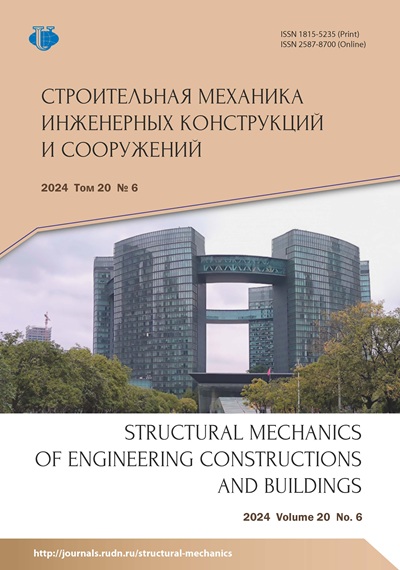Abstract
Engineering Structures are designed with observation of rules for structural performance under
8 specific design loads, defined in the so-called structural codes. While dead loads are directly
9 dependent from the selection of structural materials to a given structural function, live and
10 accidental loads are often linked to the region where the structure must perform. In a complete
11 opposition to engineering principles in ancient Egypt, the Inverted Pyramid was designed to
12 become a statement of how to bend gravitational laws, and what can be achieved by modern
13 engineering, sill with intelligence to fulfill its function in a region where engineering structures
14 are subjected to extreme live and accidental load regimes, e.g. high risk of earthquakes and high
15 wind seasonal loads. A hybrid structural concept was specified, comprising lightweight structural
16 wall elements anchored to a relatively heavyweight structural core. The suggested design concept
17 fulfills the global equilibrium equation defined by architecture, and should become a structural
18 example from a structural design perspective. As any other project involving non-comprehensive
19 geometry, design and construction of the inverted pyramid is highly sensible to management
20 options, which shall assure high precision manufacturing, and accurate control of its production.














